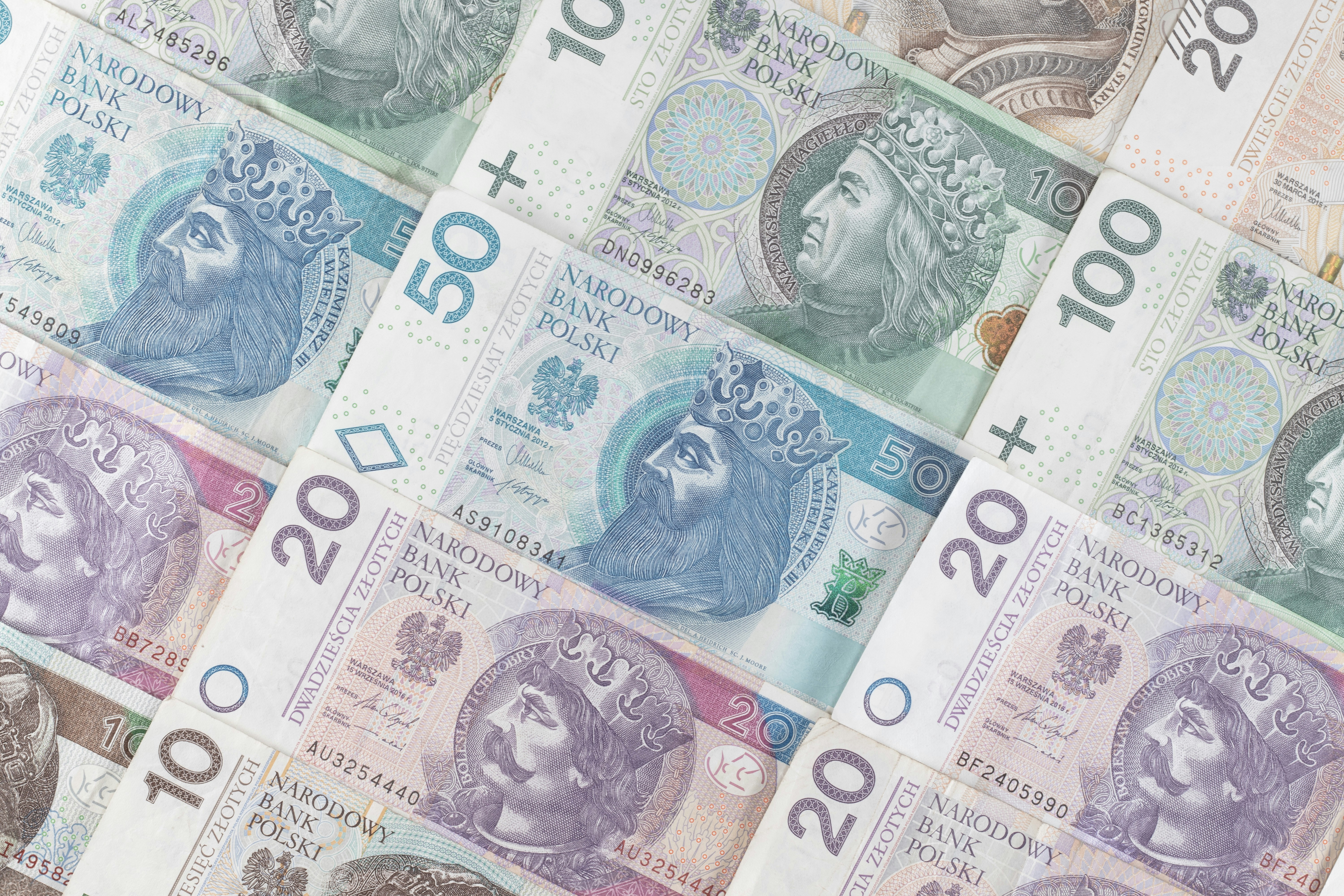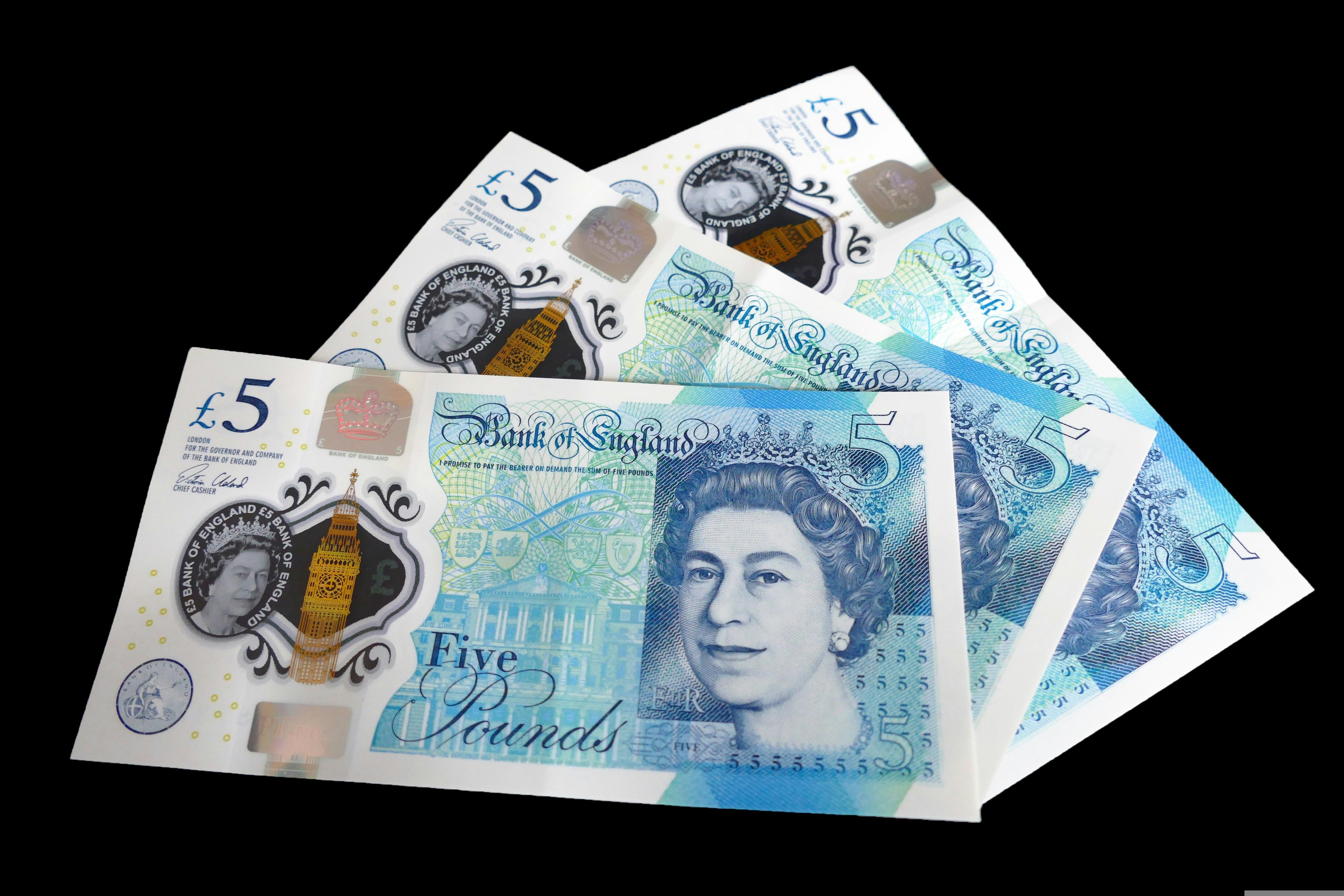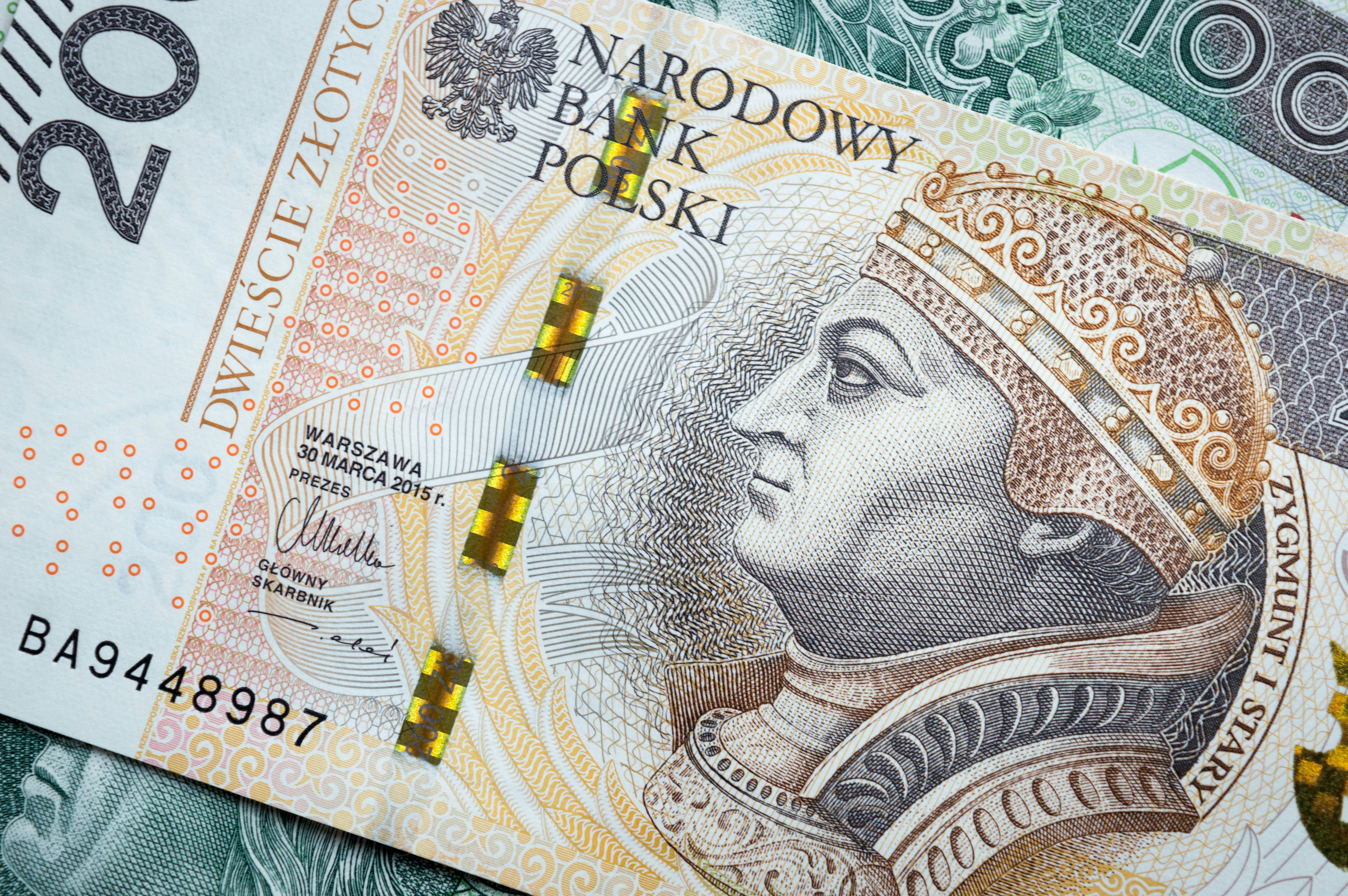Investing In Gold
)
Throughout history, very few investments have been as popular as gold. This precious metal plays a unique role in safeguarding traders' financial holdings against various problems. The interest in gold is usually growing during times of economic turmoil, currency changes, war, etc. Moreover, investing in gold can be a unique approach for prudent investors to protect their portfolios from inflation and market fluctuations.
There are many ways for investors to get involved in the gold market. It can be purchasing physical gold bars, owning shares in gold mining companies, investing in gold-focused ETFs, and others. Every approach has its own set of benefits and unique characteristics to be aware of. Read on to get into details.
Table of Contents
Key Takeaways
Is Gold a Good Investment?
Ways to Invest in Gold
Gold Jewelry
Gold Bullion
Gold Coins
Gold Stocks
Gold Certificates
Gold ETFs and Gold Mutual Funds
Gold Futures and Options
How to Buy Physical Gold
Should You Invest in Gold? (Conclusion)
FAQs
Key Takeaways
- Gold is a safe-haven asset that is commonly used to diversify portfolios and hedge against inflation.
- Investors can invest in gold in several ways, such as purchasing physical gold (gold bullions, gold coins, jewelry, etc.) and investing in gold without physically owning it through mining stocks, gold ETFs, mutual funds, etc.
- It’s possible to buy gold through futures contracts and options. However, these methods are considered more complex and suit more seasoned investors.
Is Gold a Good Investment?
Gold has a reputation as an asset that holds its value strongly. Therefore, for centuries, it has continuously attracted the attention of many traders.
Investing in gold is usually considered an intelligent strategy for broadening and safeguarding one's financial investment portfolio. Here are some of the common reasons why many traders consider this asset a good investment.
-
Diversification. Gold is often referred to as safe haven. Its price usually behaves in reverse to the stock market, currencies, or other assets. Therefore, if some assets in your portfolio fall due to some economic or political instability, gold can offset this damage.
- Hedging against inflation. Just as with the previous reason, gold and currency prices develop in the reverse relation. When the currencies experience a period of high inflation, the gold usually tends to grow in price. What’s more, in contrast to fiat money which can lose its value, gold is a precious metal that is seen as an attractive store value. So, when people are worried about their local currency inflation, they tend to buy gold.
Ways to Invest in Gold
Currently, it is much easier to buy gold. All individuals can discover an appropriate method. Someone looking to possess physical gold could opt to purchase classic gold bullion, gold coins, or invest in gold jewelry. Nevertheless, individuals intrigued by digital investment options may explore gold ETFs, mutual funds, investments in gold-related shares or futures, and other choices.
The table below offers a summary of the primary methods of gold investments, including explanations, benefits, and drawbacks.
| Method |
Description |
Pros |
Cons |
| Gold Jewelry |
Buying gold jewelry |
Tangible, wearable asset |
High premiums, potential for damage |
| Gold Bullion |
Purchasing high-quality gold bars |
Tangible asset, high gold content |
Storage and security issues |
| Gold Coins |
Investing in coins like the Canadian Maple Leaf |
Tangible, often has a numismatic value |
Higher premiums, storage needs |
| Gold Stocks |
Purchasing shares in gold mining companies |
Potential for high returns, dividends |
Volatile stock market performance |
| Gold Certificates |
Ownership proof without physical possession |
No storage needed, easy to trade |
No tangible asset, counterparty risk |
| Gold ETFs and Mutual Funds |
Investing in funds that track the price of gold |
High liquidity, easy to trade |
Management fees, no physical holding |
| Gold Futures and Options |
Contracts to buy/sell gold at a future date or specific price |
Potential for high returns |
High risk, requires market expertise |
Gold Jewelry
The act of investing in gold jewelry combines both attractiveness and worth. This type of gold investment involves purchasing physical gold, which is frequently made into elaborate designs. Gold jewelry holds value as a valuable metal. However, it's important to note that it typically comes with higher prices due to its craftsmanship.
Gold jewelry stands out among other investment methods as it can be adorned and cherished, providing a personal aspect to your investment. Buying from a trustworthy seller is crucial to guarantee genuineness and excellence. Adding gold accessories to your financial strategy can broaden your investment mix, providing both physical and visual worth.
Gold Bullion
Direct exposure to physical gold can be achieved through gold bars, which are known as gold bullion. This investment is preferred due to its high gold content and purity level. Gold bullion offers a direct exposure to this physical asset that can be kept privately, unlike gold mutual funds or exchange-traded funds. Investing in gold bars could protect you from financial unknowns. Nonetheless, proper storage and security measures are necessary. Remember that it's important to be sure of your seller. They should be able to guarantee the genuine nature of the product.
Gold Coins
Investors looking to possess physical gold and gain direct exposure to this market often prefer gold coins like the Canadian Maple Leaf, South African Krugerrands, and others. These coins are highly valued for their purity and frequently have numismatic worth. The market value of gold coins often diverges from their intrinsic gold content. Collectible coins that are in high demand often have a higher cost. Certainly, you may come across better deals on gold coins from local collectors or pawn shops, but it is advisable to transact with trustworthy, licensed vendors for the security and genuineness of the coins.
Gold Stocks
If you are not interested in owning physical gold, you can get involved in the gold market by investing in gold stocks. This means buying shares of gold mining companies. While potentially profitable, this strategy carries risks related to the stock market and company success. Adding gold mining stocks to a portfolio alongside gold ETFs and physical gold can enhance diversification, but thorough research on management fees and company stability is essential before making any investment moves. Some of the most popular stocks of gold mining companies are:
-
Newmont Corporation (NEM)
- Barrick Gold Corporation (GOLD)
- Franco-Nevada Corporation (FNV)
- Agnico Eagle Mines Limited (AEM)
- Kinross Gold Corporation (KGC)
Gold Certificates
Gold certificates are another method that provides investors with ownership of gold without requiring physical holding. Offered by banks or financial institutions, gold certificates provide a hassle-free way to invest in this precious metal as investors don’t need to worry about storage and liquidity. Yet, the certificates' worth hinges on the issuer, which can be a possible hazard. They provide a beneficial aspect to a brokerage account, enabling investors to take advantage of changes in gold prices without physically holding gold, thereby broadening financial planning alternatives.
Gold ETFs and Gold Mutual Funds
Investing in gold can be done without actually holding the physical metal. You can add gold to your portfolio by buying gold stocks, through exchange-traded funds (ETFs), or mutual funds.
Once you have chosen this route, you will need to establish a brokerage account. This procedure is simple and can frequently be done online through a trustworthy broker. Once your account is activated and has money, you can check out different investment opportunities related to gold. Gold mining company stocks or gold ETFs tracking metal prices can be bought directly through your broker's platform. The cost of a single stock or ETF can differ greatly, allowing investors with varying budgets to get involved.
Conversely, mutual funds usually require a minimum investment, which commonly begins at approximately $1,000. These funds combine investments from multiple investors to invest in a variety of gold assets, lowering risk by spreading it out.
Gold Futures and Options
Investors have the ability to engage in gold trading at a predetermined time or price using gold futures and options. These are derivative financial instruments that enable investors to enter into a contract and execute it at a predetermined future date. This means you don't have to pay the full amount right away, and the seller doesn't have to give you any gold right now.
Utilizing leverage is common when buying gold options and futures. This complex tool can enhance possible profits by reaching a wider market scope and heighten potential risks through the use of borrowed funds. This investment choice is best suited for investors with extensive experience and a high tolerance for risk.
How to Buy Physical Gold
If you have decided that physical gold is the optimal option for your portfolio, follow these steps.
-
Conduct research. Investing usually starts with a market analysis, and buying gold is no exception. Keep track of price of gold, as it can influence your buying strategy.
- Choose the asset. Physical gold can be purchased in the form of gold bars, coins, bullion, jewelry, etc. Choose the form that fits your strategy and goals. For example, coins may hold some historical importance, while jewelry may represent visual value.
- Opt for a trustworthy dealer. This step is of paramount importance. If you don’t want to get into scams that are quite popular around gold, make deals only with reliable and reputable sellers.
- Count the fees. When you buy physical gold from a dealer, the price of gold usually doesn’t coincide with the gold value on a commodity exchange. That’s because sellers usually include the fee, which consists of the manufacturing and distribution charges as well as the dealer’s percentage.
- Secure your gold storage. Plan how you will store your physical assets safely. Consider deposit boxes, home safes, and insured vault services as potential options. If you opt for a bank deposit box, note that the price for it may vary significantly depending on the size, reaching hundreds of dollars per year.
- Consider buying insurance. When purchasing insurance, be sure it covers the exact gold asset type you own. Moreover, note that it’s an additional cost.
- Don’t stop learning. Investing in gold is a substantial financial commitment. Take the necessary time to educate yourself and carefully consider your choices.
Should You Invest in Gold? (Conclusion)
Gold plays a respected role in the worldwide economy. It often functions as a means of protection against inflation and the devaluation of currencies. Gold's intrinsic value and its unvanishing attractiveness allow investors to use this asset for various strategies, such as owning gold, investing in gold ETFs, purchasing stocks of gold mining companies, and more.
Should you invest in gold? That’s the question that every investor should answer themselves. Much depends on their goals, risk tolerance, and budget. Thorough research and careful planning are the best tools in helping you answer this question.
FAQs
Can Anyone Trade Gold Futures?
Any trader can get involved in the gold futures contracts market. However, as futures are considered derivative instruments with increased risks, this way of investing in gold fits better more sophisticated investors with robust experience in such a financial market.
How Is The Price Of Gold Determined?
Various factors influence the value of gold. Supply and demand, global market dynamics, central bank policies, investor sentiment, and economic health may cause the price of gold to go up or down.
Does Gold Hold Its Value In A Crisis?
Gold is considered a safe-haven asset. This means that in a period of crisis, its value grows or at least remains the same, in contrast to stocks or currencies, for example.
How Much Should You Invest In Gold?
It depends on your investment plan, risk tolerance, and budget. Financial advisors usually recommend allocating 5-10% of the investment portfolio to gold or gold-related assets, such as gold ETFs, mutual funds, gold stocks, etc.


